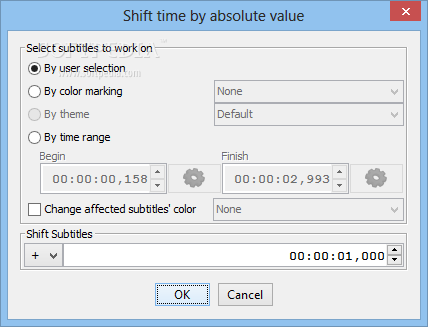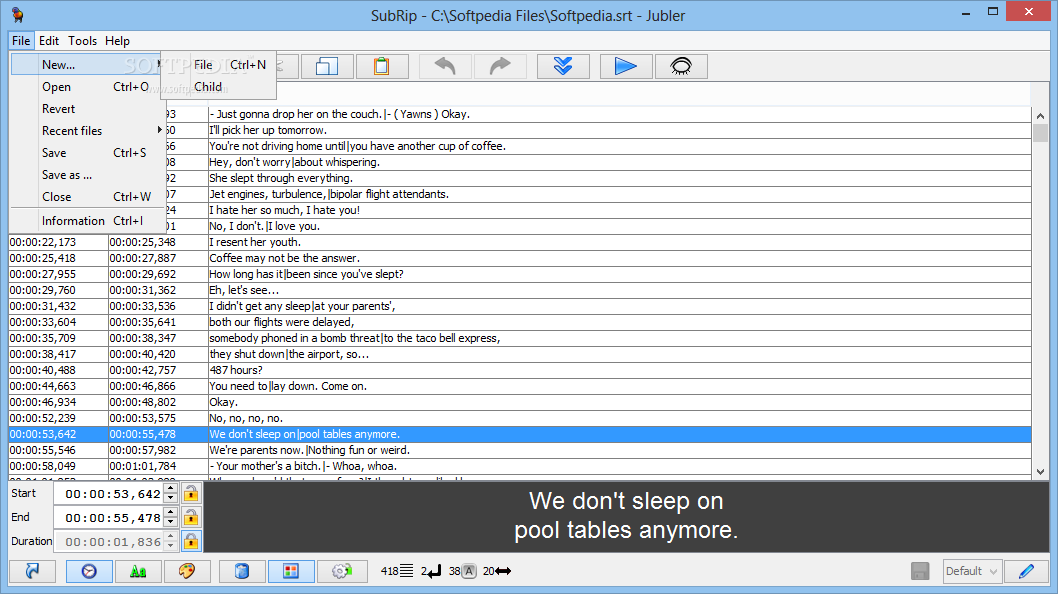


He said in an email that CEO Chris O’Neill, who was at Google for roughly a decade before joining Evernote, came in to help with negotiations after the decision was made. The decision to go with Google over another provider like AWS or Azure was driven by the technology team at Evernote, according to Greg Chiemingo, the company’s senior director of communications. While the company will be getting some savings out of the move, he said that cost wasn’t a limitation for the transition.

Jubler performance load driver#
While cost is often touted as a benefit of cloud migrations, McCormack said that it wasn’t a primary driver of Evernote’s migration. Evernote has been driving toward a set of new capabilities based on machine learning, and Google services like its Cloud Machine Learning API help with that. Machine learning was a highlight of Google’s platform for Evernote CTO Anirban Kundu, who said that higher-level services offered by Google help provide the foundation for new and improved features. “So effectively, I would say, we were making a strategic decision and a strategic bet that the areas that are important to Evernote today, and the areas we think will be important in the future, are the same areas that Google excels in.” “You add those two together, Google is the leader in that space,” McCormack said. Evernote houses a large amount of unstructured data, and the company is looking to do more with machine learning. But McCormack said the similarities between the company’s current focus and Google’s areas of expertise were important to the choice. When Evernote employees thought about refreshing a data center, one of the key issues that they encountered is that they didn’t know what they would need from a data center in five years, McCormack said.Įvernote had several public cloud providers it could choose from, including Amazon Web Services and Microsoft Azure, which are both larger players in the public cloud market. “We were just very realistic that with a team the size of Evernote’s operations team, we couldn’t compete with the level of maturity that the cloud providers have got…on provisioning, on management systems, et cetera,” McCormack said.“ We were always going to be playing catch-up, and it’s just a crazy situation to be in.”

While those functions were key to maintaining the overall health and performance of the Evernote service, they weren’t providing additional value to customers, according to Ben McCormack, the company’s vice president of operations. Evernote employees had to spend time maintaining the company’s data center, doing things like replacing hard drives, moving cables and evaluating new infrastructure options.
Jubler performance load drivers#
Many of the key drivers behind the move will be familiar to cloud devotees. Evernote’s backend was built on the assumption that its application would be running on the company’s twin California data centers, not in a public cloud. There was definitely plenty of work to do. While the transition required plenty of work and adaptation, Evernote credited Google for pitching in to help with the migration. The move is part of a broader trend of companies moving their workloads away from data centers that they own and increasingly using public cloud providers.


 0 kommentar(er)
0 kommentar(er)
